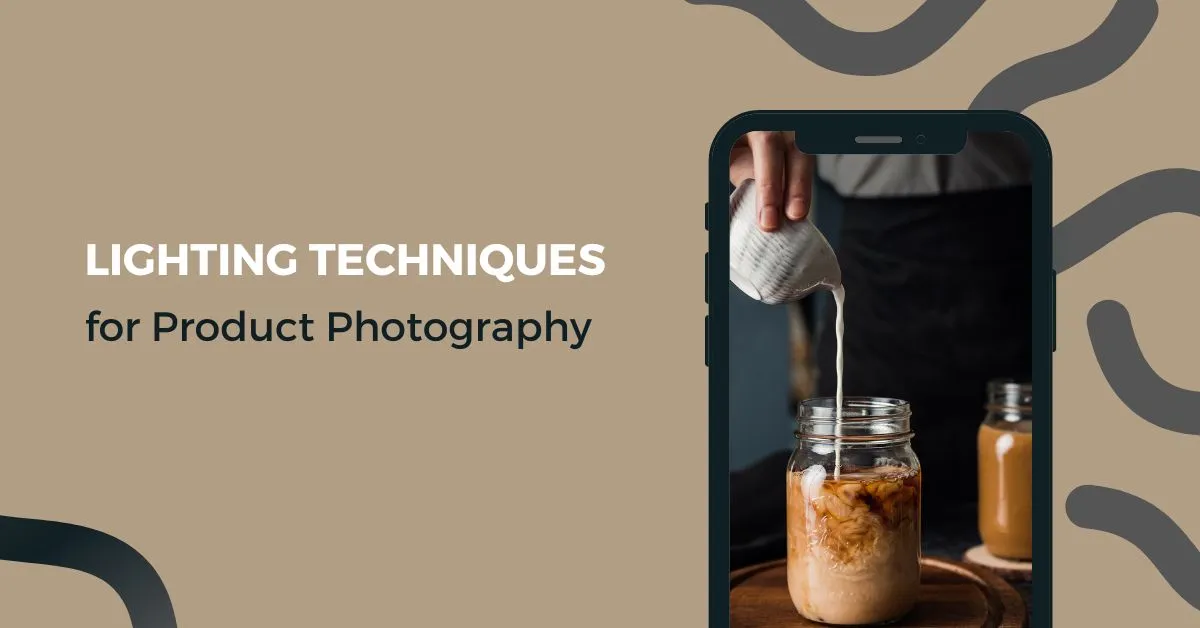


05, August 2023
When it comes to product photography, lighting is one of the most crucial factors that can make or break the shot. Proper lighting techniques can bring out the best features of your product, enhance its details, and create a captivating visual experience for your audience. In this blog, we will delve into the world of product photography and explore some essential lighting techniques that will elevate your product images to a professional level.
Using natural light is a cost-effective and accessible way to capture stunning product images. Position your product near a large window or outdoors during the golden hour (early morning or late afternoon) when the light is soft and diffused. This technique creates a natural and soft look that works exceptionally well for various products, especially those with delicate textures.
Softboxes are essential tools for product photographers as they provide soft and even lighting, reducing harsh shadows and reflections. These light modifiers create a flattering and professional look, making them ideal for showcasing products like jewelry, cosmetics, or electronics.
A light tent or light box is a portable, translucent box designed to diffuse light evenly around the product. This technique is perfect for small to medium-sized products like accessories, crafts, or food items. The light tent helps eliminate unwanted reflections and creates a clean, professional backdrop for your product.
Reflectors are fantastic tools to manipulate light and add fill light to the shadows. They bounce light back onto the product, reducing the contrast between highlights and shadows. Reflectors are available in various colors, with white, silver, and gold being the most common. Experiment with different reflectors to achieve the desired effect for your product.
For products with intricate details or unique shapes, light painting can be a creative and innovative technique. Use a small, handheld light source like a flashlight or LED panel to selectively illuminate specific areas of the product. This method allows you to control the lighting precisely and create dramatic and artistic effects.
Strobe lighting, also known as flash photography, is a versatile technique that offers more control over the lighting environment. With strobes, you can adjust the power, direction, and duration of light bursts to highlight specific features of your product. Strobe lighting is commonly used for commercial and advertising photography.
If your product has translucent or semi-transparent elements, backlighting can add a magical touch to the image. Place a light source behind the product to illuminate its edges and create a glowing effect. This technique is excellent for showcasing products like glassware, bottles, or liquids.
Mastering lighting techniques in product photography is essential for creating stunning and visually appealing images that captivate your audience. Whether you choose to work with natural light, soft boxes, reflectors, or experiment with advanced techniques like light painting and strobes, understanding how light interacts with your product will significantly improve your photography skills. Keep practicing, exploring new ideas, and refining your techniques to take your product photography to the next level. Happy shooting!